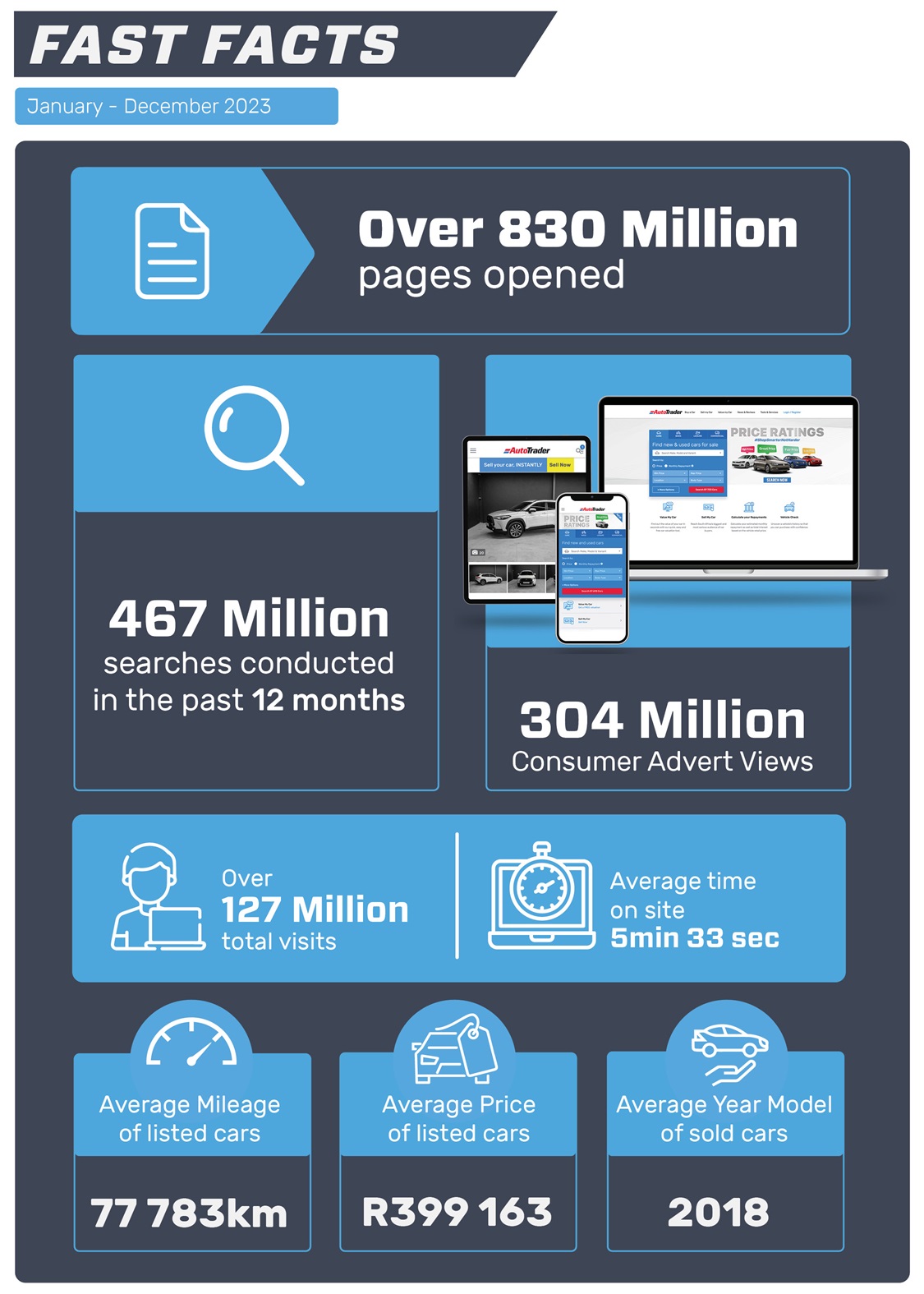Look at the two images above for around ten seconds and the chances are you will notice a small yet significant change. * If you are a driver who cycles, you will probably have spotted the difference more quickly than a driver who doesn’t cycle.
It might only be a matter of milliseconds, but the speed at which changes in road situations ahead are identified could impact reaction times, and what happens next.
“Young drivers need to develop the skills that will help them to become confident, careful, and considerate drivers,” says Jim Graham, Global Manager of Ford’s Driving Skills for Life (DSFL) training programme. “By understanding the importance of, for example, giving cyclists enough space on the road, we can help make journeys more enjoyable and safer for everyone.”
To this end, Ford Motor Company commissioned a study to try and identify ways of fostering harmony between drivers and cyclists on the road.
Research
For the study, Ford asked 2,000 motorists in France, Germany, Italy, Spain, and the UK to examine pairs of seemingly identical images showing a variety of traffic scenes. In some, there were tiny changes, with road signs, cars, bicycles and pedestrians present in one image, but not the other.
Findings
In each scenario, drivers who cycle were consistently quicker to spot the differences. On average, they identified changes in the images in less than 10 seconds (9.25 seconds), while drivers who don’t cycle took more than a second longer (10.68 seconds).
“Critical to safe driving is a person’s ability to notice and respond to hazards,” says Senior Behavioural Strategist Thea Knight, who conducted the research. “This study has shown that being both a driver and a cyclist could lead to quicker processing of visual information. This includes visual cues related to other drivers, road signs, pedestrians, and cyclists on the road.”
YourRoadOurRoad
On the back of these findings, Ford has introduced a new YourRoadOurRoad module into their Driving Skills for Life (DSFL) training programme.
Conceptualised off of the insight that South African drivers forget to consider those that they share the road with, #YourRoadOurRoad aims to raise awareness about some of the common bad habits seen from road users and how it affects others that share the road. The intention of this module is to have road users commit to being considerate of other road users by practicing safe driving.
DSFL in SA
Derek Kirby, Training Director at DSFL in South Africa, believes this new YourRoadOurRoad module underscores Ford’s belief that the roads are meant for everyone.
“On a personal level, having been a motorist, cyclist, and motorcyclist, I have found that I am acutely more aware of road hazards, and far better at predicting situations than that of the average motorist,” he says. “Enabling more people to cycle safely, especially for short journeys, benefits us all.”
###
* In the image on the right, the pedestrian crossing on the left-hand side shows a countdown.
About Driving Skills for Life
DSFL is a free programme designed to promote a safe and fuel-efficient driving culture. It equips licensed motorists with practical skills through a combination of classroom training and on-the-road practice. For more information, including course availability and locations, please visit: www.ford.co.za/about-ford/driving-skills/
Provided by Ford SA





































